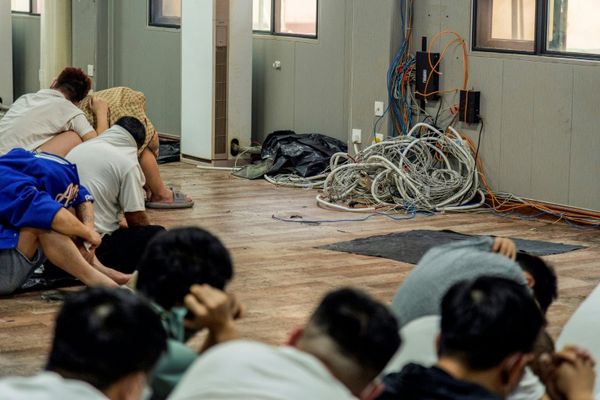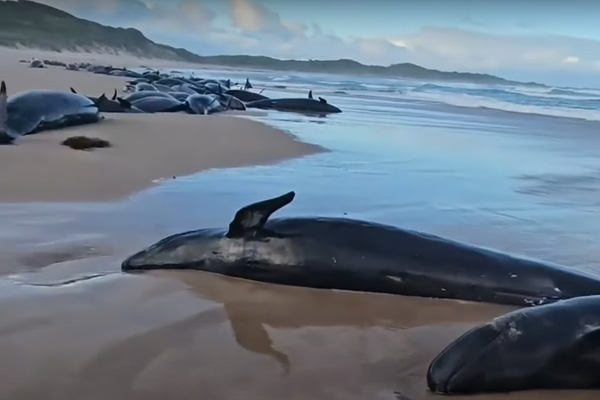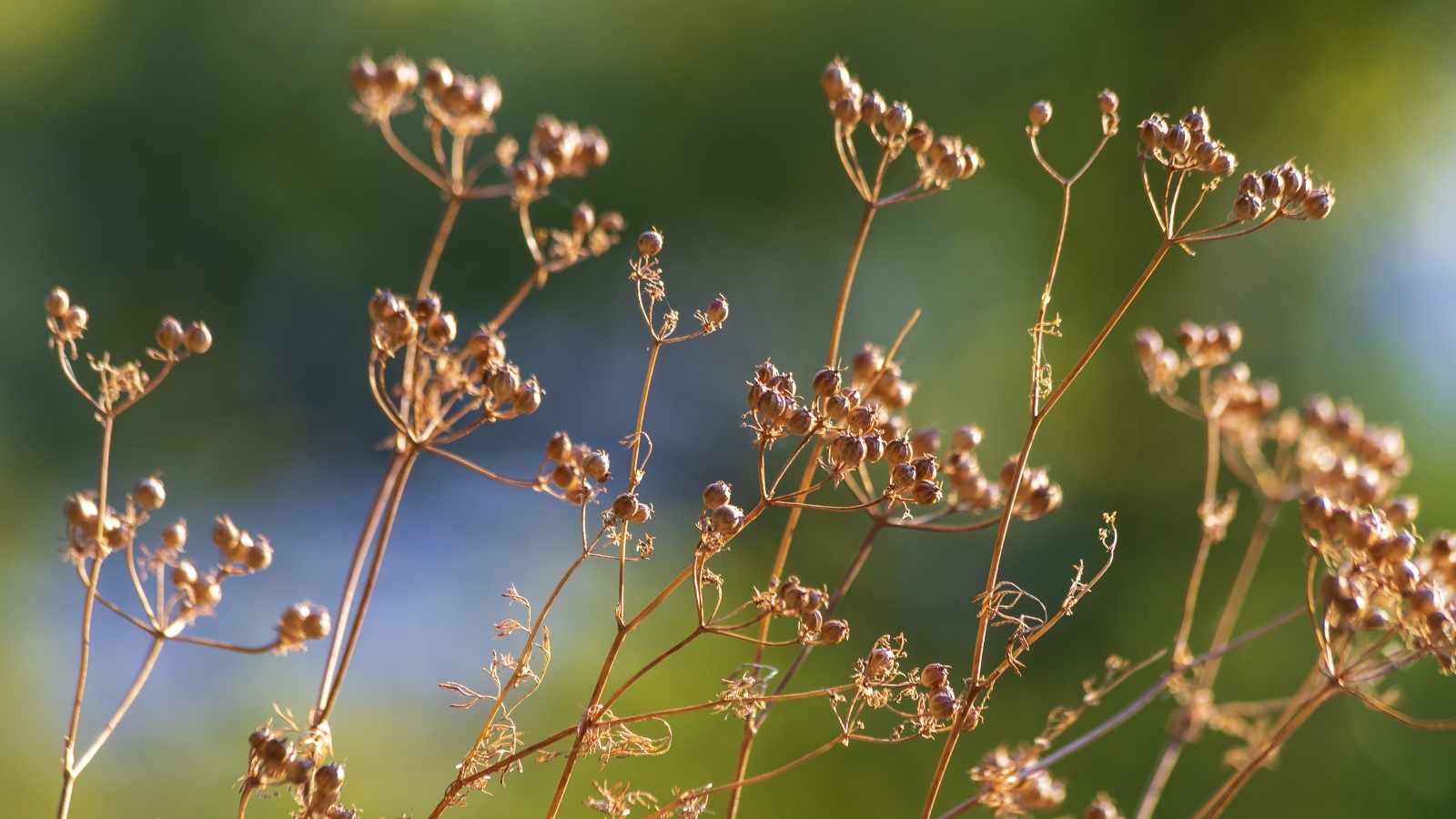
It might seem to be a bit confusing, as the leaves of this herb are referred to as both cilantro and coriander – depending on where you live – but the seeds are known as coriander seeds. Whatever you call the plant, the sweet and scented seeds are simple to harvest and can either be used in cooking, or to grow the next generation of plants.
When you are growing cilantro, it is common for the plant to bolt and produce flowers and seeds in the hot summer months. When you see those flowers start to open, the seeds will then be ready a few weeks later. They can be harvested at their green stage, but are more commonly collected when mature and brown in color.
Knowing when to harvest coriander seeds and how to dry them correctly means that you can have a supply of seeds that can last many years. Whether you want to use them in the kitchen or to sow in the vegetable garden, you need never be short of coriander seeds.
When to collect coriander seeds
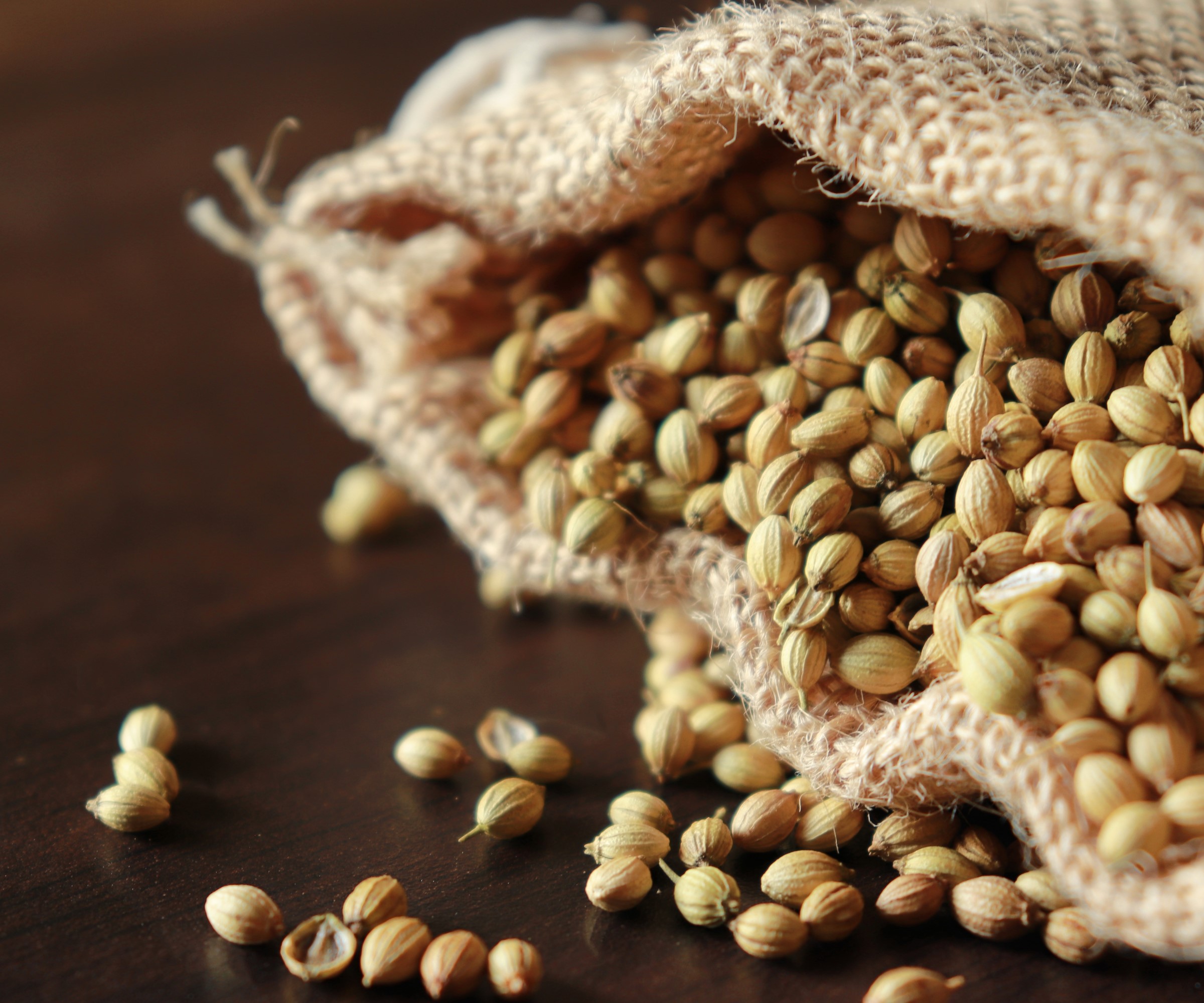
Cilantro is an aromatic herb renowned for bolting when the temperatures rise. It does not like hot weather in summer and once temperatures exceed 70°F the plants start to bolt. Bolting is triggered by temperature stress and, as the plant fears it is coming to the end of its lifespan, it moves into its flowering stage with the ultimate ambition to create seed. Cilantro puts out a thick central stem and quickly reaches for the sky to put on little white flowers, which will be followed by the seeds that it uses to reproduce.
The best conditions for cilantro are cool and many people plant them in the cooler conditions of spring and fall. However, for many growers, bolting is a common process and little to be done to stop cilantro from bolting. A key advantage of growing herbs in pots is that you can move them out of the sun to delay their premature flowering.
It is worth remembering that you can get bolt-resistant varieties of cilantro, such as ‘Slow Bolt’, ‘Calypso’ and ‘Cruiser’. Therefore, if you are growing the plants to get coriander seeds, then make sure you are not making life harder for yourself by choosing a variety that is resistant to bolting.
One advantage of bolting is that it does open up the opportunity for a second crop from the plant. After getting harvests of cilantro leaves, next up come the coriander seeds. These can be used fresh in cooking, dried to be used in the kitchen, or sowed for next year’s set of plants. So when is the right time to collect these coriander seeds?
Depending on the weather and the type of coriander you are growing, it can take up to six months to go from initially sowing the seeds to harvesting the coriander seeds. It is usually in the summer months of July and August when you collect these seeds.
Mike Lansing, co-founder of Planters Digest, recommends that anyone growing cilantro lets a few plants go to seed so they can be harvested for use in a variety of culinary dishes. He says: ‘Around two to three weeks after the plant's flower, coriander seeds are often ready for harvest. Observe their color to see whether they are ready.’
You can harvest the seeds when they are at their immature green stage, however coriander seeds are predominantly collected when they turn brown. You want to wait until the majority of the seeds turn light brown in color.
See a range of cilantro seeds and plants available to buy at Burpee
Can you harvest green coriander seeds?
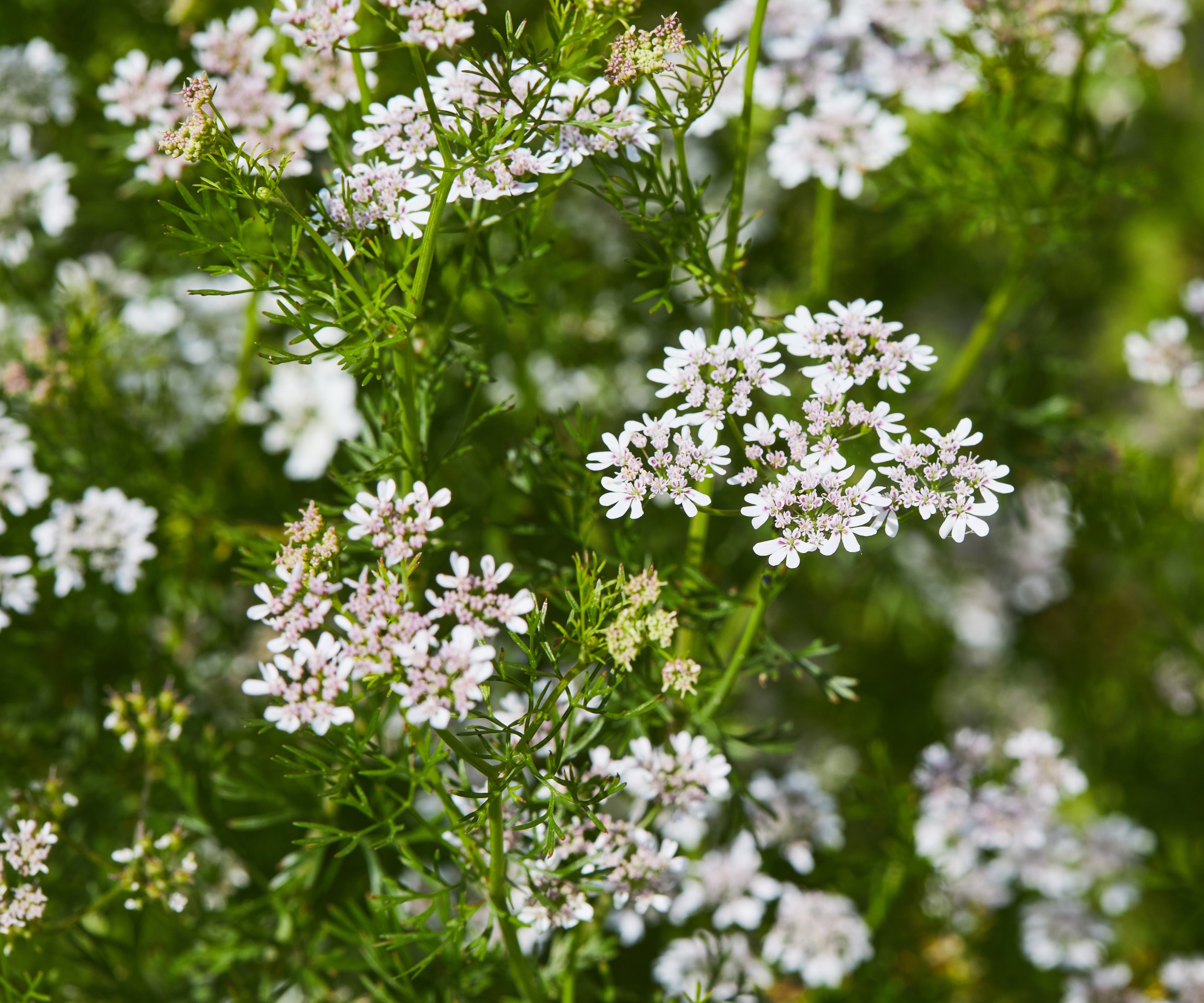
The immature coriander seeds are green in color and they can be harvested at this stage. Green seeds do taste very different to dried brown coriander seeds that most people will be accustomed to. Mike Lansing describes green coriander seeds as being ‘sharper and more pungent’ when compared to the flavor of mature seeds. At this stage they can be picked to be used fresh in cooking.
Unfortunately, immature green coriander seeds do not last as long as brown seeds. Any harvested green seeds can either be used straight away in dishes, or stored in a refrigerator to be used within a week or two. If you want to store coriander seeds for longer than this, then it is best recommended to wait until the seeds are brown and dry them to store for several months.
How to collect coriander seeds
The process of harvesting coriander seeds is a simple one. The seeds themselves are relatively large and easy to identify and harvest. You need only simple garden tools to cut off the seed heads and something to store them in, such as a container or paper bag.
Elle Meager, CEO of Outdoor Happens, advises to ’locate the small, ball-shaped seeds at the top of the cilantro plant’ and then remove them into a container. When collecting seeds, gardeners often cut stems and put them straight into paper bags, available at Amazon, to start to dry.
They can be hung or spread out to dry and, after around two weeks, the seeds should be dry enough and then need separating from the stems. Coriander seeds are dry when they are brown in color and have ridges rather than a smooth coating.
Hanging seed heads upside down in their bags will see seeds fall out naturally and be collected, otherwise Elle recommends that ‘using a pinching or rolling motion makes removing each tiny seed from the stalk simple and keeps the stems from clinging on’.
Seeds do need to be dry before being stored in an airtight container. However, Elle says that, even if you harvested seeds earlier, they can be dried in a dehydrator or the oven.
FAQs
Do I have to dry coriander seeds before planting?
Coriander seeds will need to be dried in order to be planted to propagate new herbs next year. Therefore, when you are planning how to harvest coriander seeds for planting, it pays to leave seeds on the plant for as long as possible. Drying them naturally by spreading them out, or hanging them as described above, will help them fall from the stalk easily and leave them ready to be planted. Dried and stored coriander seeds can last for years and be there ready for when it is time to sow cilantro from spring to fall.
Cilantro should be near the top of the list for any herb garden ideas, if not only for the double harvest of leaves and seeds that you can get. While letting herbs go to seed is often regarded as a herb gardening mistake, there are advantages of letting a few plants go to give you a harvest of seeds. Not only can you get seeds for cooking, but it also means you do not have to buy coriander seeds to sow and grow year-after-year.
